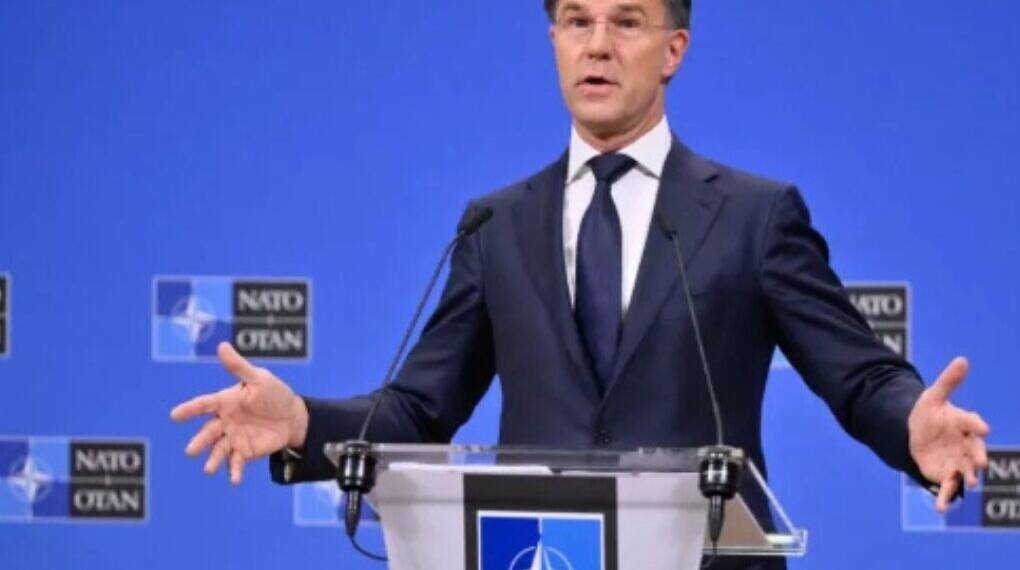In a significant divergence from NATO’s newly proposed defense strategy, Spanish Prime Minister Pedro Sánchez announced Sunday that Spain has negotiated an exemption from a collective NATO pledge requiring member states to spend 5% of their gross domestic product (GDP) on defense by 2035.
The NATO summit, set to begin Tuesday in The Hague, was expected to showcase allied unity and commitment to military readiness in the face of escalating threats from Russia and China. Instead, it opened with diplomatic friction after Spain, one of the alliance’s lowest military spenders, declared the target “disproportionate and unnecessary.”
“We fully respect the legitimate desire of other countries to increase their defense investment, but we are not going to do it,” Sánchez said during a national address. “Spain can meet all of its NATO commitments in terms of personnel and equipment with just 2.1% of GDP.”
Spain’s Last-Minute Rebellion
Spain had been the final holdout to NATO’s defense investment roadmap—a two-part plan requiring members to commit 3.5% of GDP to core military capabilities and an additional 1.5% to broader defense-related infrastructure and cybersecurity efforts. The plan was seen as a necessary “quantum leap” in response to growing military threats from Moscow and Beijing, and a bid to satisfy demands from U.S. President Donald Trump, who has long criticized European allies for underinvesting in defense.
Although diplomats from all 32 NATO member states reportedly signed off on the new benchmark, Sánchez’s defiant remarks Sunday suggested that Spain had secured a private understanding with NATO Secretary-General Mark Rutte to maintain its lower spending trajectory.
“Committing to a 5% figure would not only be unreasonable, but also counterproductive,” Sánchez had warned in a letter to Rutte last week, triggering fears among allies that Spain might derail the entire summit.
A Compromise or a Loophole?
Despite public claims of unity, reports suggest that the final summit declaration softened its language—from “we commit” to “allies commit”—to accommodate Spain’s concerns. NATO officials have neither confirmed nor denied the existence of a formal exemption, instead emphasizing the need for flexibility and long-term alignment.
Spain’s current defense spending stands at just 1.28% of GDP—the lowest in NATO—but the government has pledged to reach 2% by year’s end with a €10 billion ($11.5 billion) investment. However, Sánchez faces political constraints at home, particularly from his far-left coalition partner Sumar, which opposes any significant military buildup.
The Bigger Picture: NATO’s Strategic Pivot
The summit in The Hague is expected to announce sweeping reforms aimed at reinforcing NATO’s defense posture, including a fivefold increase in air and missile defense systems, greater investment in cyber and space capabilities, and massive stockpiling of artillery, tanks, and advanced weaponry.
“This is not just about meeting quotas,” one NATO official told Foreign Affairs. “This is about industrial and military survival in a world where Russia is expected to churn out 1,500 tanks and 3,000 armored vehicles this year alone, with China backing them.”
The proposed 5% spending goal represents NATO’s most ambitious financial target since the end of the Cold War. It signals a recognition that the alliance must drastically scale up production capacity and military readiness to deter a rapidly rearming Russia and a technologically ascendant China.
“Peace through strength is what NATO was made for,” said a senior NATO leader ahead of the summit. “But to preserve peace, we must prepare for war.”
While the alliance has avoided a public rupture, Spain’s opt-out highlights the persistent political and fiscal divides within NATO. As threats escalate on the alliance’s eastern flank and beyond, the question remains: will a patchwork of national exceptions weaken NATO’s unified front—or prove its ability to adapt?








